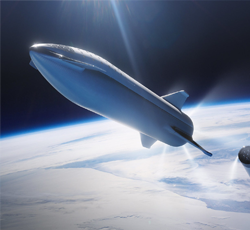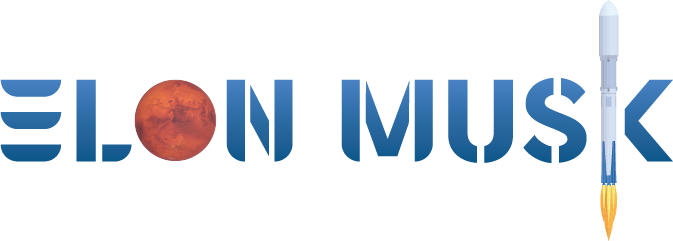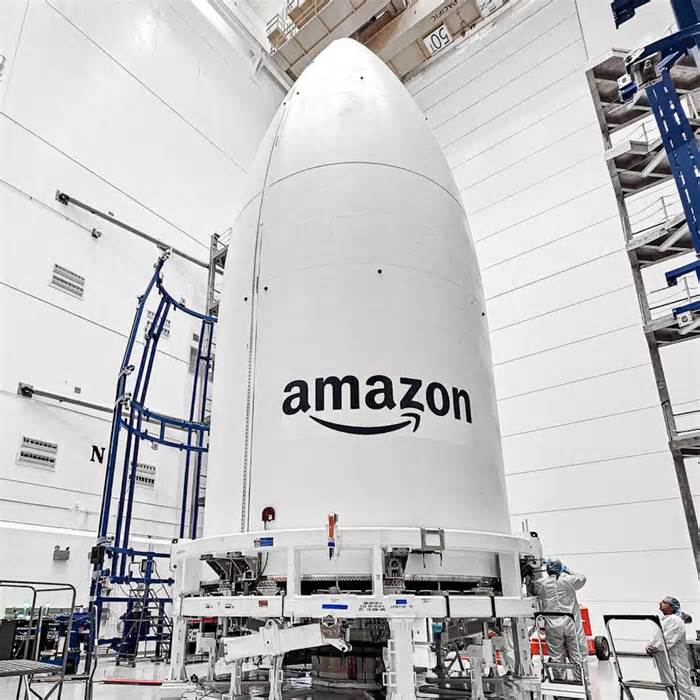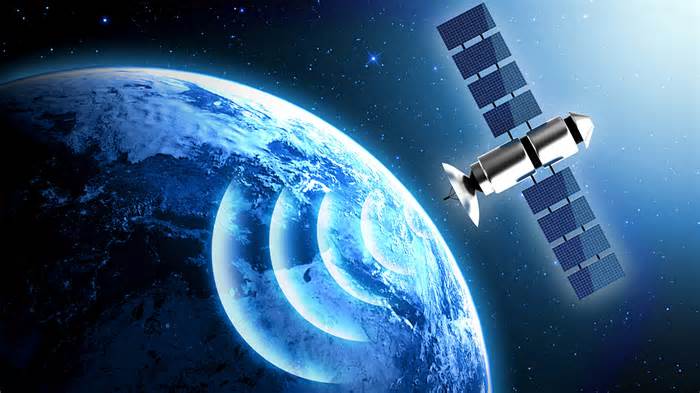
Kazakhstan Explores Satellite Systems to Enhance Internet Connectivity
- by astanatimes.com
- Feb 03, 2025
- 0 Comments
- 0 Likes Flag 0 Of 5

By Saniya Sakenova in Business, Editor’s Picks on 3 February 2025
ASTANA – Top global experts at the Digital Almaty forum, held from Jan. 31 to Feb. 1, discussed how non-geostationary orbit (NGSO) and Low Earth Orbit (LEO) satellite communication systems could help bridge the digital divide, reported the Kazakh Ministry of Digital Development, Innovations and Aerospace Industry.
Photo credit: gov.kz
NGSO systems can significantly increase the availability of communications in remote areas by providing low-latency, high-speed internet, which makes them indispensable in telecommunications, transport, defense, and emergency response.
Meanwhile, developing LEO satellites is not just a technological trend but a fundamental step toward eliminating the digital divide. Vassiliy Leonov, the deputy chairman of the Republican Center of Space Communications, said that beyond advancing the telecom industry, these systems could expand access to education, healthcare, and businesses even in the most remote regions.
However, large-scale deployment of LEO systems presents challenges, including frequency regulation, orbital safety, and competition with traditional geostationary orbit (GSO) satellites — for example, environmental sustainability. Thousands of satellites are already in orbit, and their numbers are expected to rise. Experts warn that without proper disposal and deorbiting strategies, increasing space debris could disrupt operations and lead to collisions, turning Earth’s orbits into chaos.
Regarding regulation and international cooperation, coordinating orbital and frequency usage is becoming increasingly complex amidst intensifying competition between key players, including SpaceX, Spacesail, Amazon Kuiper, and Chinese and European projects.
“We must acknowledge that dozens of operators are currently active in space, and the frequency spectrum is limited. It is essential for governments and international organizations to establish unified rules that allow satellite systems to coexist without mutual interference,” stated Dmitriy Vetlugin, the director of Market Access and Sales, Central Asia at Eutelsat OneWeb.
Besides that, NGSO systems open up new market opportunities in developing countries and sectors such as aviation, maritime transport, agriculture, and corporate sectors. The goal is to make satellite internet as accessible as mobile networks while ensuring commercial sustainability, noted Jie Wan, Vice President of Marketing and Service at Spacesail.
Experts concluded that the future lies in integrating GSO and NGSO systems. In the coming years, hybrid models will emerge, where GSO satellites provide high bandwidth capacity while LEO satellites ensure low latency and real-time responsiveness.
Get The Astana Times stories sent directly to you! Sign up via the website or subscribe to our X, Facebook, Instagram, Telegram, YouTube and Tiktok!
Most Recent Stories
Please first to comment
Related Post
Stay Connected
Tweets by elonmuskTo get the latest tweets please make sure you are logged in on X on this browser.
Sponsored
Popular Post
tesla Model 3 Owner Nearly Stung With $1,700 Bill For Windshield Crack After Delivery
33 ViewsDec 28 ,2024
Middle-Aged Dentist Bought a Tesla Cybertruck, Now He Gets All the Attention He Wanted
32 ViewsNov 23 ,2024






 Energy
Energy


















